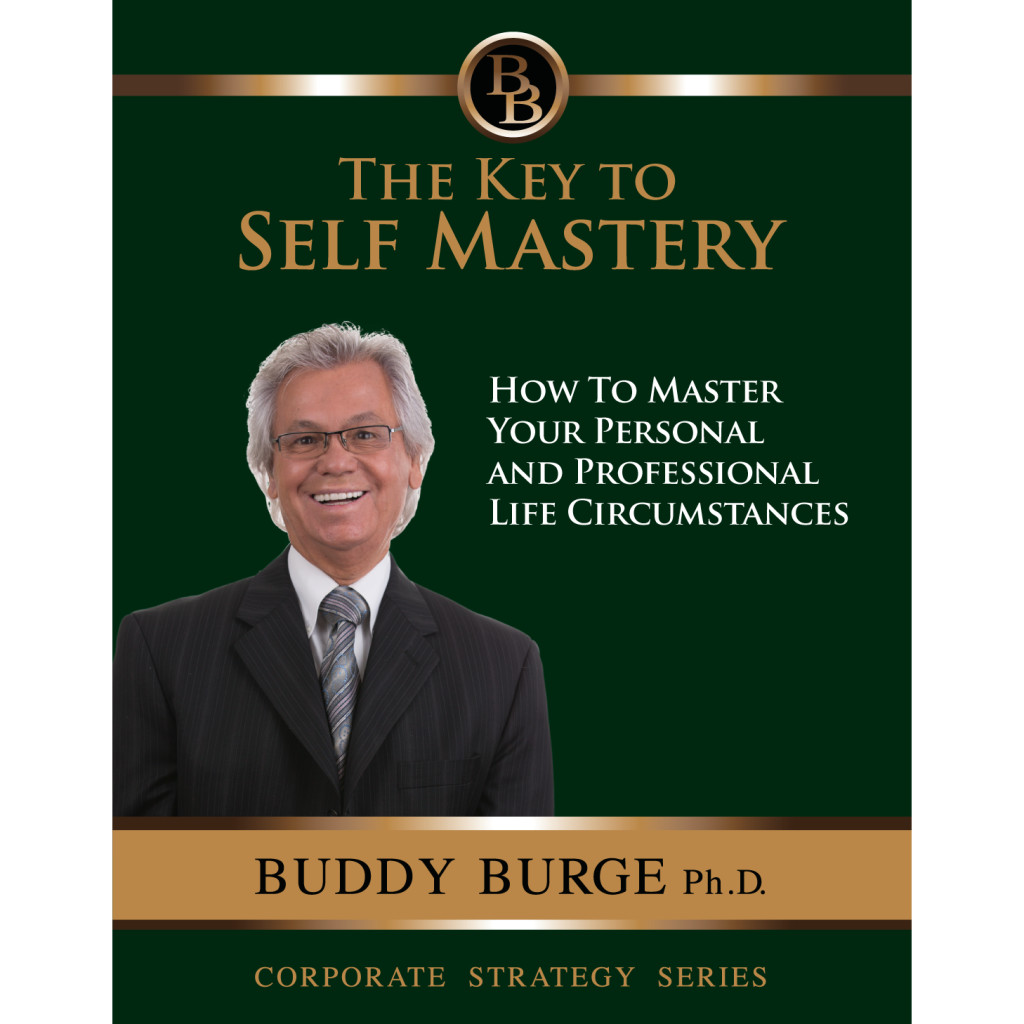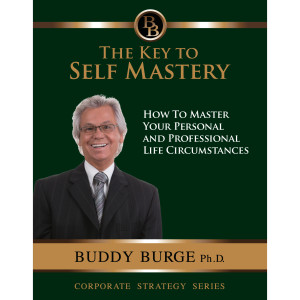
A History Lesson on Human Emotion, our Relationships and the Brain Part Four
The Controlled System has Relatively Little Power to Cause Behavior
In the first two articles in this series we described the historical development of our three brains, the physical (reptilian survival) brain, the emotional (limbic social) brain and the thinking (cortical solutions-oriented) brain.
In the last article, we detailed the two kinds of thinking systems we have in our brain.
The Controlled System “thinks” very logically whereas the more immediate, visceral and powerful Automatic System primarily and fundamentally reacts on our need for safety.
In this article we shall discuss how to understand these two systems and how to leverage and optimize each of them to our advantage.
It serves us well to remember that the very powerful automatic system was shaped by natural selection to trigger quick and reliable action, and it includes parts of the brain that make us feel pleasure and pain (such as the orbitofrontal cortex) and that trigger survival-related motivations (such as the hypothalamus).
The Automatic System has its Finger on the Dopamine Release Button
The controlled system, in contrast, is better seen as an advisor; an unsure, unsteady, novice rider to be sure trying to help the animal make better choices.
The rider’s weakness aside, he can still see farther into the future than the noble but brutish beast; the rider can also learn valuable information by talking to other riders or by reading maps.
But the rider cannot order the beast around against its will.
The point of course is that self mastery, the rider and his rather feeble attempts control the primeval impulses within, is millions of years behind and has a lot of catching up to do.
![CropperCapture[726]](http://buddyburge.com/wp-content/uploads/2014/05/CropperCapture726-300x298.png)
Emotional Intelligence: Not an Easy Thing to Do
Our thinking skills are an essential feature of emotional intelligence, the ability to understand and regulate one’s own feelings and desires.
An emotionally intelligent person has a skilled rider (Neocortex) who knows how to distract and coax the beast within without having to engage in a direct contest of wills.
It’s hard for the controlled system to beat the automatic system by willpower alone; like a tired muscle, the former soon wears down and caves in, but the latter canters along involuntarily, effortlessly, and endlessly.
Once you understand the power of perspective, routine, structure and stimulus control, you can use it to your advantage by changing the stimuli in your environment and avoiding undesirable ones.
Or, if that’s not possible, by deflecting and redirecting your conscious thinking process so you actually learn, grow and transform yourself.
For Example, try Hard not to Think About Something, such as a Juicy Burger or a Stereotype
![CropperCapture[727]](http://buddyburge.com/wp-content/uploads/2014/05/CropperCapture727-300x205.png)
Let’s not kid ourselves, this is hard to do.
And what’s more, when we try to suppress a thought, the thought comes flooding in and becomes even harder to banish.
In other words, when controlled processing tries to influence thought (“Don’t think about a juicy burger!”), it sets up an explicit goal.
And whenever the Neocortex is given a problem to solve or a goal to pursue, it screeches, “Never ever give me a problem to solve without expecting me to solve it and while we are on the subject, never ever give me a goal to pursue without expecting me to go after it.”
When that goal is an action in the world (such as arriving at the airport on time), the control and monitoring feedback system works well
But When the Goal is Mental, it Backfires
Automatic processes continually check: “Even though I am a little hungry, I will not thinking about a juicy burger or the beautiful woman in the seat across the aisle.”
But the act of monitoring for the absence of the thought actually introduces the thought.
The Reptilian Brain Never Loses
![CropperCapture[728]](http://buddyburge.com/wp-content/uploads/2014/05/CropperCapture728-300x160.png)
Then the person must try even harder to divert consciousness.
Automatic and controlled processes end up working at cross purposes, firing each other up to ever greater exertions.
But because controlled processes tire quickly, eventually the inexhaustible automatic processes run unopposed, conjuring up a delicious, juicy burger or other thoughts.
Thus, the cognitive attempt to remove an unpleasant thought actually ignites in our brain the very thing we do not want to think about.
Freud called the weird ideas from the limbic and reptilian brain that pop into our head, the unconscious.
A simpler and more innocent explanation is that automatic processes generate thousands of thoughts and images every day, often through random association.
The ones that get stuck are the ones, the scary or shameful ones.
We try and often fail to suppress them until they become the sorts of obsessive thoughts that make us believe in Freudian notions of a dark and evil unconscious mind.
Our Brain Makes Maps
![CropperCapture[729]](http://buddyburge.com/wp-content/uploads/2014/05/CropperCapture729-300x207.png)
The limbic brain is constantly supplied with an astonishingly rich stream of information about every aspect of what’s happening inside and outside our bodies.
There are millions of signals to the limbic brain, every second, and each one gets a tiny chemical tag, a minute emotion, as it moves through the brain.
Scientists have yet to find any brain signal that does not get a specific emotional tag from your limbic system.
How can your brain make sense of this staggering, impossible ocean of information?
The solution is brilliantly simple.
Our brain makes maps.
And not just a few maps, but maps of everything, thousands of them every second.
Physical, social and intellectual maps streaming in, emotional maps streaming out.
To a Large Extent, you Navigate Your World and Your Life From Emotional Maps
![CropperCapture[730]](http://buddyburge.com/wp-content/uploads/2014/05/CropperCapture730-300x207.png)
If you take a moment to think of the flood of feelings that make up your emotions this instant, and then realize that there are massive, subconscious inputs that you’re not even aware of (salt concentration in your bloodstream, for instance), you get a sense of what the limbic brain does for you all the time.
The emotional mix of this instant, right now, reading this page, is the sum of all the individual maps you’ve generated around this particular experience, blended to create a single, complex, master emotional map of this moment in time.
And It Will Be Slightly Different in a few Seconds
Or a few minutes, because your phenomenally complex inner and outer worlds will be slightly different, and you will have generated thousands of additional maps, and a different master chemistry of your mood.
Much of basic human behavior (not all, but an important part) turns out to be the result of massive automatic neurochemical chain reactions, and vice versa.
There are also massive automatic neurochemical chain reactions in response to behavior, modulated to an extraordinarily high degree by powerful and inescapable learned and genetic influences.
There is One Last Step: Human Interaction and Interdependence
![CropperCapture[731]](http://buddyburge.com/wp-content/uploads/2014/05/CropperCapture731-300x209.png)
Let’s skip a hundred million years of mammals slowly building their brains, getting smarter bit by bit, and get right to you.
Starting two million years ago, we began to climb out of nature.
We started to leave evolution behind.
Our brains exploded, tripling in size to create the subtle, thinking, calculating, problem-solving, tool-using, social-climbing, chatting, neocortical thinking brain.
Let’s skip a hundred million years of mammals slowly building their brains, getting smarter bit by bit, and get right to you.
Starting two million years ago, we began to climb out of nature.
We started to leave evolution behind.
Our brains exploded, tripling in size to create the subtle, thinking, calculating, problem-solving, tool-using, social-climbing, chatting, neocortical thinking brain.
But remember, the reptilian is the leader.
It never loses.
And a sa result, our brains are not necessarily well designed for modern life, quite yet.
This is why the issue or challenge of self-mastery is so important for everyone who aspires to leadership.
That is also why having a thoroughly thought through plan for the myriad issues that confront us on a daily basis is so important for every leader.
That is also why you will hear me shout from the housetop, “don’t get the right strategy, get the strategy right”.
In other words, there is no right way to lead; there are far too many variables and people simply do not always react as we might expect them to, not to mention the seemingly infinite number of unforeseen situations that can befall us at any given time.
The key is to get the strategy right, that is to say, to have such a rich full selection of strategic responses in our repertoire that instantly know what to do and say.
If we do not, then of course the reptilian brain, that large animal that never loses will throw us off with the greatest of ease.
Make it your life work to know your nature, your brain, your person, in order to be at the ready.
That’s what really good leaders do.
For more on this topic, we recommend the following | |
 | The Key to Self MasteryHow to Master Your Personal and Click Here For Video and Full Description If you found this article useful |

